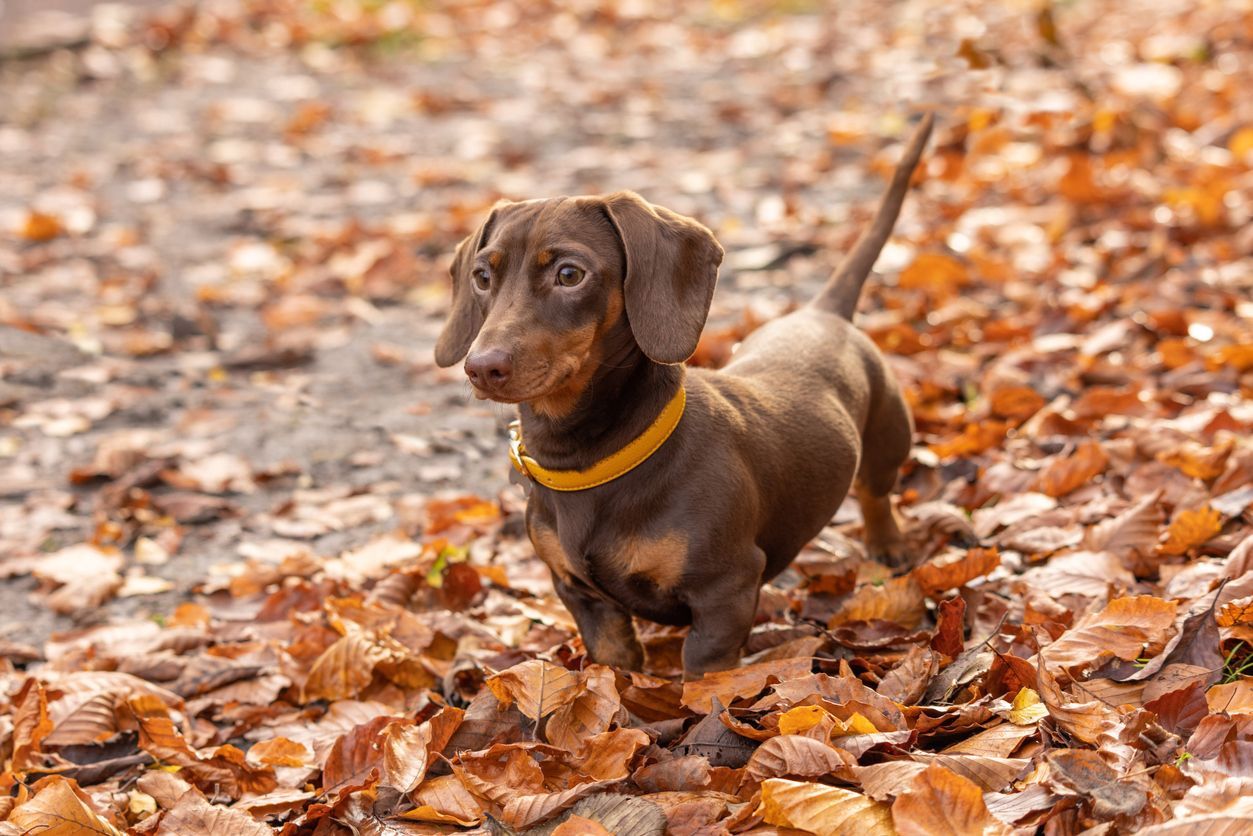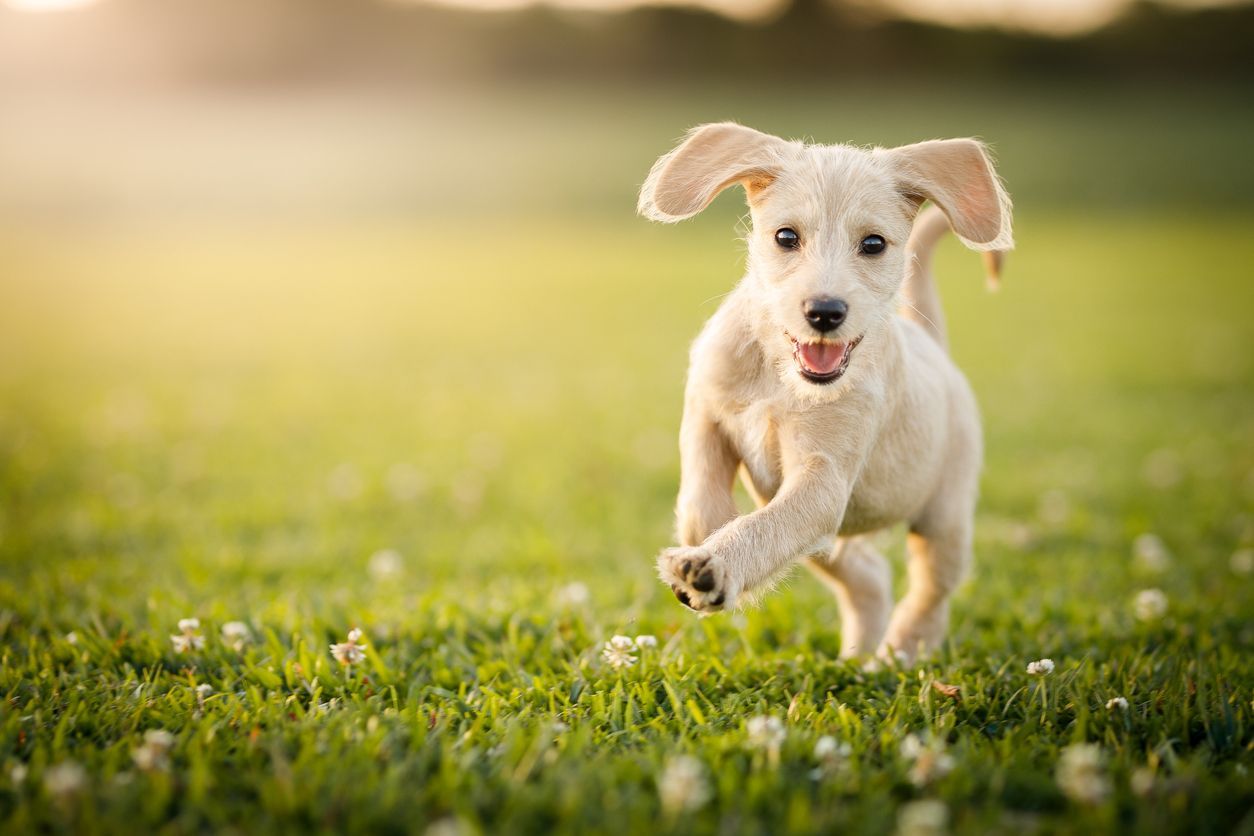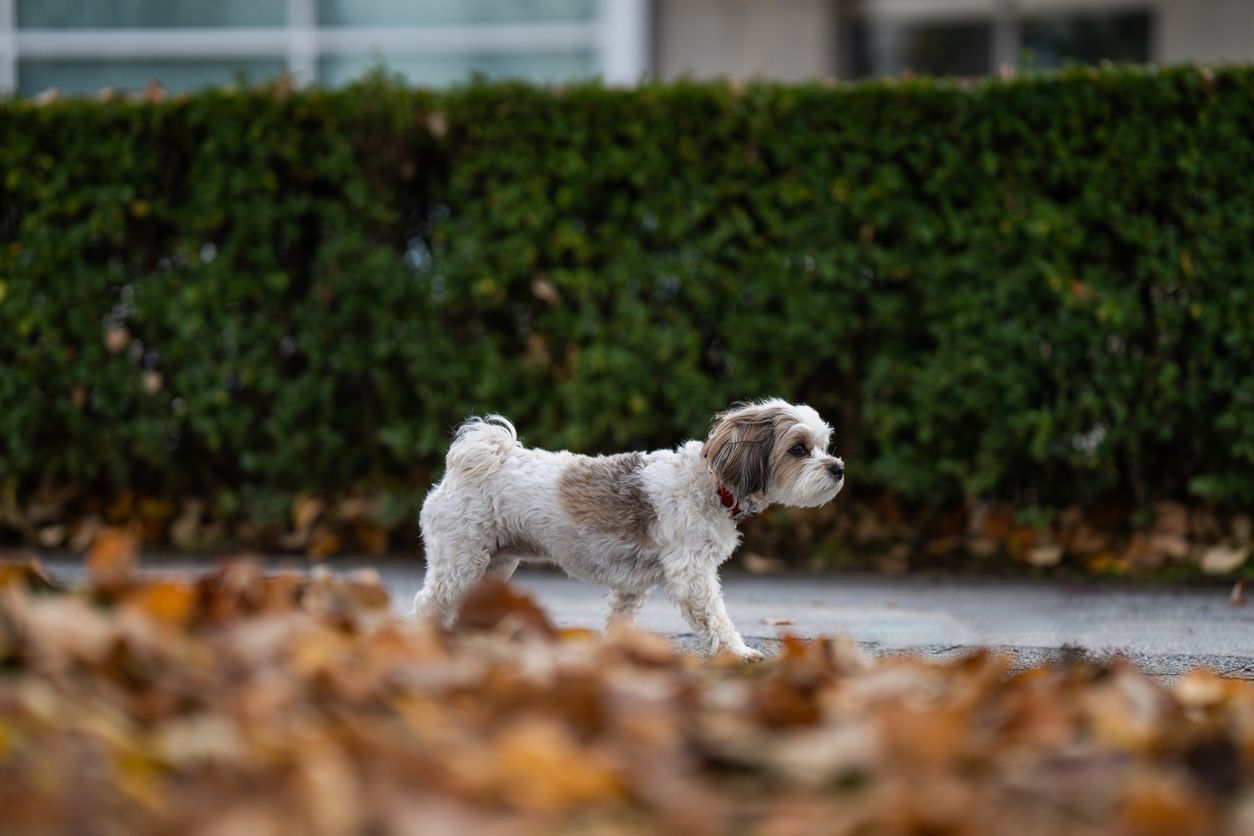How to treat ringworm in dogs

Ringworm is a highly contagious fungal infection that can cause skin lesions, hair loss, rash, and dry, flaky skin. Treatment involves the use of appropriate antifungal medication in the form of oral medications or topical therapies like antifungal creams, sprays, and shampoos. If your dog has been diagnosed with a ringworm infection, read on to learn:
- How ringworm is spread to dogs
- Symptoms of ringworm in dogs
- How canine ringworm is diagnosed and treated
- How to prevent other pets and people from catching ringworm
Treating ringworm in dogs can take weeks to months, as fungal spores are continuously shed from the infected animal and into the environment on dead skin cells and hair. These spores can reinfect the dog and spread the infection to pet owners and to other animals in the home. If your dog shows symptoms associated with ringworm, it’s important to seek veterinary care right away to get a proper diagnosis and start effective treatment as soon as possible. This will help relieve symptoms and prevent humans or other pets from catching the infection.
What is a ringworm infection?
Ringworm (dermatophytosis) is a fungal infection that can affect a dog’s hair, skin, and nails. Despite its name, ringworm is not caused by worms or other parasites. There are three types of fungal species that can cause a ringworm infection in dogs:
- Microsporum canis (70 percent of cases)
- Microsporum gypseum (20 percent of cases)
- Trichophyton mentagrophytes (10 percent of cases)
Ringworm is a common condition in dogs, especially in young puppies, seniors, dogs with lowered immune systems, and dogs with other skin conditions. The infection is highly contagious between dogs, cats, and humans. Treating ringworm promptly and effectively is important to prevent the spread of the disease to other members of a household.
How dogs catch ringworm
“Ringworm fungal spores live on the skin, nails, and hair of infected animals,” explains Dr. Jamie Lecky, a veterinarian on the Vetster platform. “As hairs break and the skin flakes, the spores can spread easily through the environment.” Dogs can contract ringworm by:
- Direct contact with another infected animal
- Being in an area where an infected animal has shed spores
A dog doesn’t need to have direct contact with an infected animal to catch ringworm. Animals carrying spores in kennels, daycares, groomers, vet clinics, and other areas where other pets frequently visit can shed contaminated skin flakes and hair. Ringworm spores can also live in the soil, putting dogs who spend a lot of time playing or digging in the dirt at a higher risk of infection. In addition, dogs with broken skin due to scratching from allergies or another skin issue are at increased risk.
Signs of ringworm in dogs
Signs of ringworm in dogs include:
- Patches of hair loss or broken hairs
- Red, inflamed skin
- Rash or skin lesions
- Scaly patches of skin
- Dry, flaky skin
- Brittle nails
- Acne-like bumps on the skin
- Itchy skin (uncommon)
Ringworm lesions may have a circular shape, the same as is seen in human patients; however, this is less common in dogs. Skin lesions from a ringworm infection can be any shape or size.
Lesions are most commonly found on the face, ear tips, tail, and feet but can appear anywhere on the body. Unlike other skin infections, ringworm isn’t usually itchy, despite causing dry, flaky, and inflamed skin. Dogs can be asymptomatic and still carry ringworm spores. Symptoms of ringworm in dogs vary between individuals and with the severity of the infection.
Diagnosis and treatment of ringworm in dogs
When a dog presents with clinical signs, such as hair loss and irritated skin, a veterinarian, after a physical examination, may recommend diagnostic tests, such as:
- Looking at skin scrapings and hair samples under a microscope (cytology)
- Examination of the skin with a UV light (Wood’s lamp examination)
- Fungal culture
- Skin biopsy
It’s important to get an accurate diagnosis before attempting treatment. Many other skin conditions have similar symptoms but require different treatment methods. In addition, ringworm can be an opportunistic infection, so there may be an underlying health issue contributing to the infection, such as allergies.
Once there’s an official diagnosis of ringworm, treatment and management will involve a combination of treating the pet and decontaminating the environment. This may include:
- Oral antifungal medication
- Clipping hair from around lesions
- Topical therapies, such as medicated shampoo, cream, dips, or sprays
- Frequent, thorough home cleaning
- Isolating the affected dog as much as possible to prevent spread
Ringworm spores are very hardy and can survive in the environment for weeks to months. Other household pets and people can become infected by these spores in the home. It can take weeks or months for a ringworm infection to fully go away, especially if the dog is reinfected. Dogs may require repeat testing to ensure the infection has resolved.
Although it’s unlikely, it’s possible for ringworm infections to go away on their own. However, it’s best not to risk it and to seek veterinary care if your dog is showing signs of ringworm. Delaying treatment increases the likelihood of spreading the infection to others in the home. In addition, other health conditions have similar symptoms, and there may also be an underlying medical issue that’s contributing to the ringworm infection.
During treatment, you can help prevent spreading the infection by taking some precautions:
- Isolating infected dogs from people and other animals as much as possible
- Using gloves when touching an infected animal and thoroughly washing hands afterward
- Changing clothes or wearing a barrier over your clothing when interacting with infected dogs
You should only use antifungal treatments and shampoos recommended by a veterinarian. Natural treatments and home remedies for ringworm have not been proven to work and may be harmful.
Preventing the spread of ringworm to other family members
Ringworm is a zoonotic disease, meaning it can be spread between animals and people. Environmental decontamination is an essential part of ringworm treatment. Thoroughly cleaning the home prevents reinfection and the spread of ringworm from dogs to other family members. Home cleaning may involve:
- Thoroughly vacuuming rugs, upholstery, curtains, and other soft furnishings
- Mopping hard floors
- Disinfecting all hard surfaces, including pet carriers and grooming tools, with bleach
- Washing pet beds, leashes, blankets, human bedding, and toys
- Changing heating and air conditioning filters often
A thorough cleaning should be done at least once a week while a pet is being treated for ringworm. Spores on shed skin cells and pet hair can survive in the home for up to 18 months, so it’s important to remove as many of them as possible as frequently as possible. Vacuum bags or containers should be emptied outside after cleaning. Steam cleaning can also help kill any spores that were not captured.
What to do if your dog is showing symptoms of ringworm
Any sign of skin lesions, rash, hair loss, or other abnormal change to the skin and fur warrants veterinary attention. It’s important to get an accurate diagnosis and rule out other common health issues with similar symptoms, such as allergic dermatitis, bacterial infections, and external parasites. Other pets and people in the home may need to be assessed for ringworm, even if they’re not showing symptoms.
Virtual vet appointments are a great resource during ringworm treatment. Online vets can answer questions about changing symptoms, different treatment methods, and how to prevent other family members from catching the infection. Online virtual care appointments also help keep infected pets at home and away from other pets during treatment.
FAQ - How to treat ringworm in dogs
How do vets treat ringworm in dogs?
Ringworm is a fungal infection that affects a dog’s skin, hair, and nails. Effective treatments for ringworm involve antifungal oral medications or topical treatments like antifungal shampoos or dips. In addition, isolating the affected dog and rigorous home cleaning are necessary to prevent other pets or people from catching the infection and reinfecting the dog.
Can I touch my dog if they have ringworm?
It’s recommended that you wear gloves and thoroughly wash your hands after touching a dog with a ringworm infection. Resolving the infection can take weeks of treatment involving medication and bathing, so you’re likely to touch your dog at some point.
How long does it take to treat ringworm in dogs?
Successful treatment of ringworm in dogs can take weeks to months. Dogs with ringworm require antifungal treatments, and the home needs to be cleaned as much as possible to remove infected hair and skin flakes that are shed into the environment. Spores in the environment can reinfect the dog as well as infect people and other pets in the home.
Disclaimer: This article, its content, and its related references do not constitute veterinary advice and should not be considered a substitute for veterinary care. If your pet is showing any symptoms that could indicate a medical emergency, please seek immediate emergency care.



